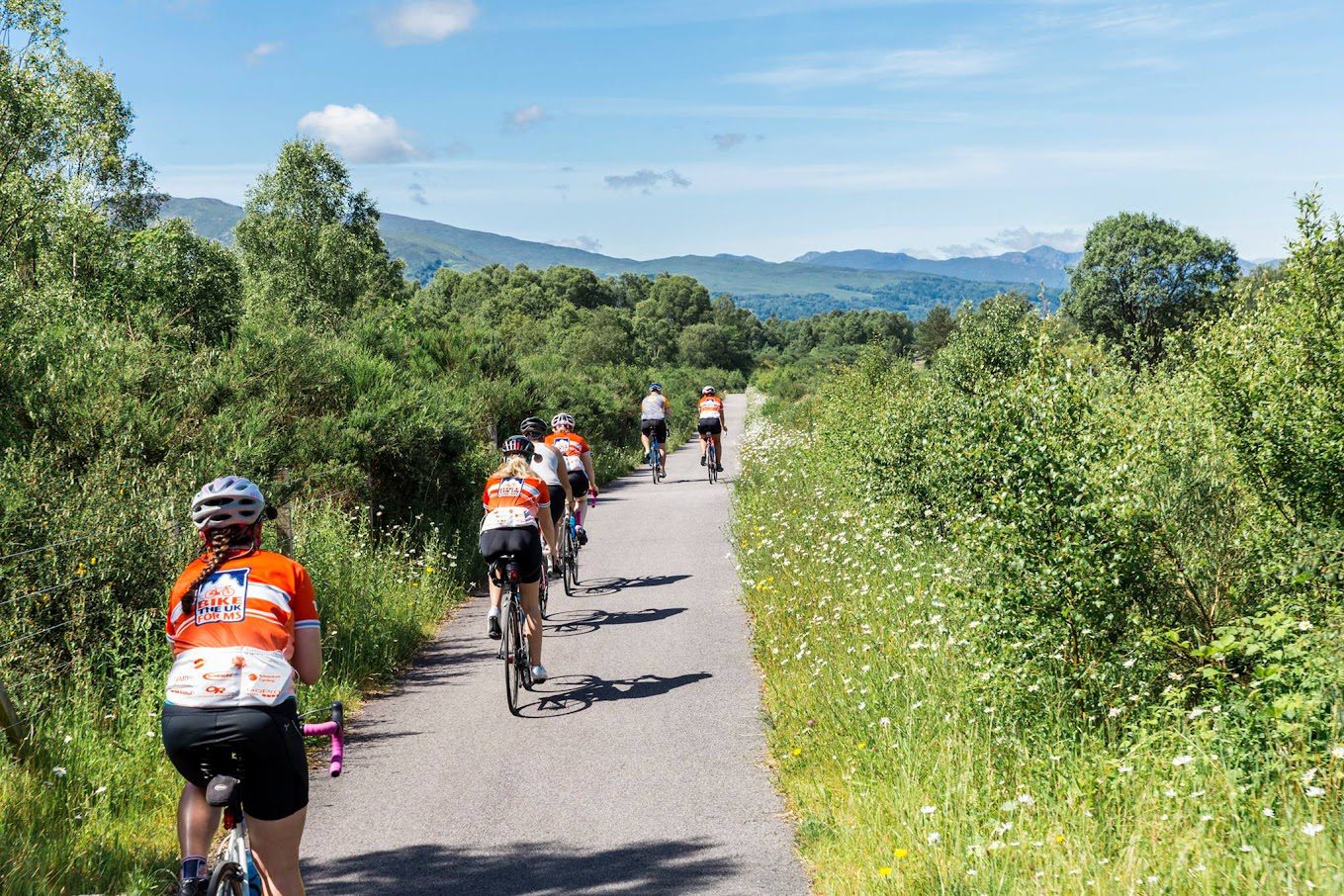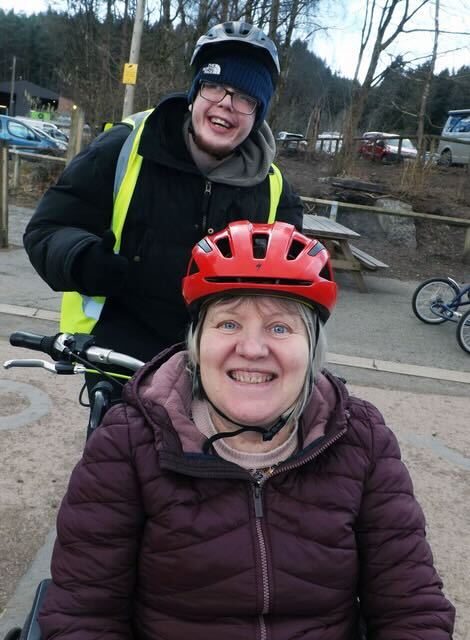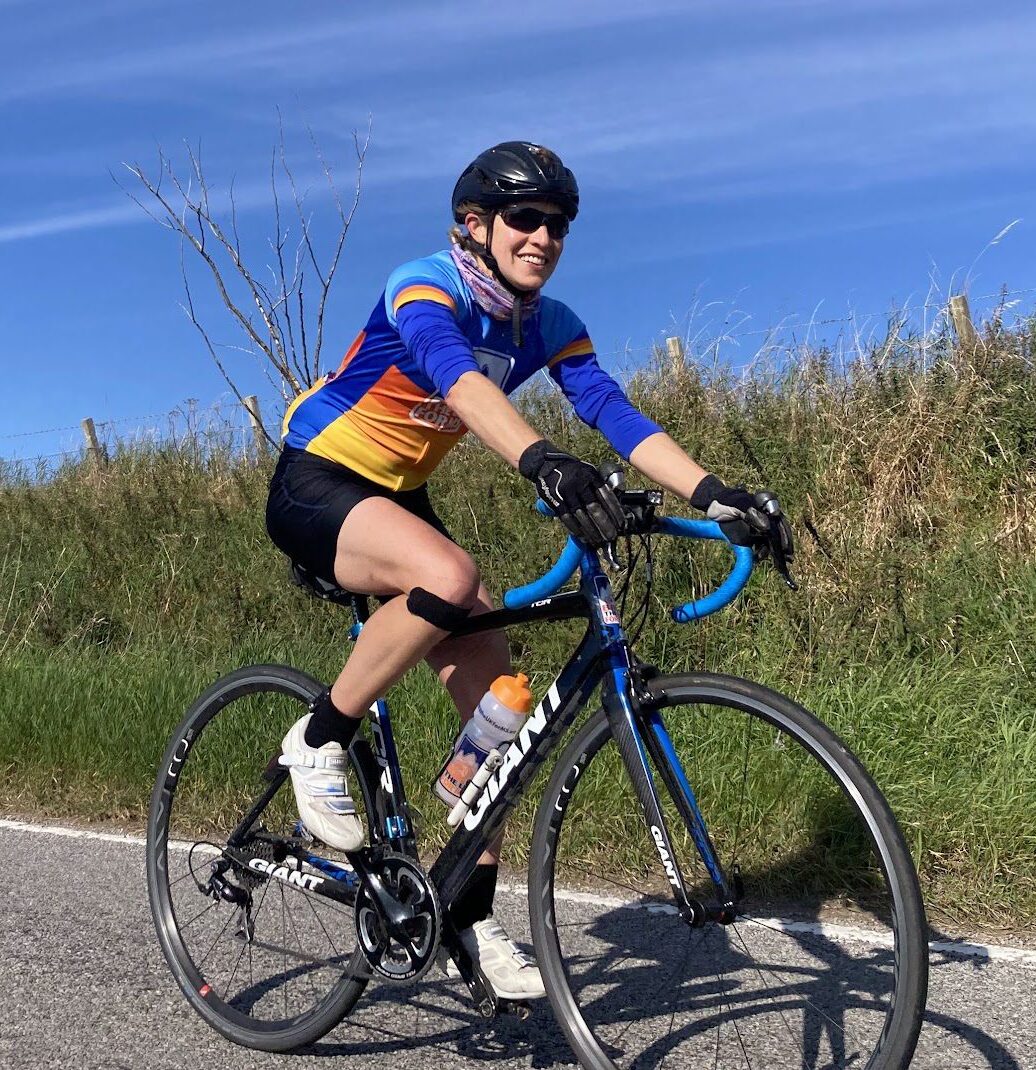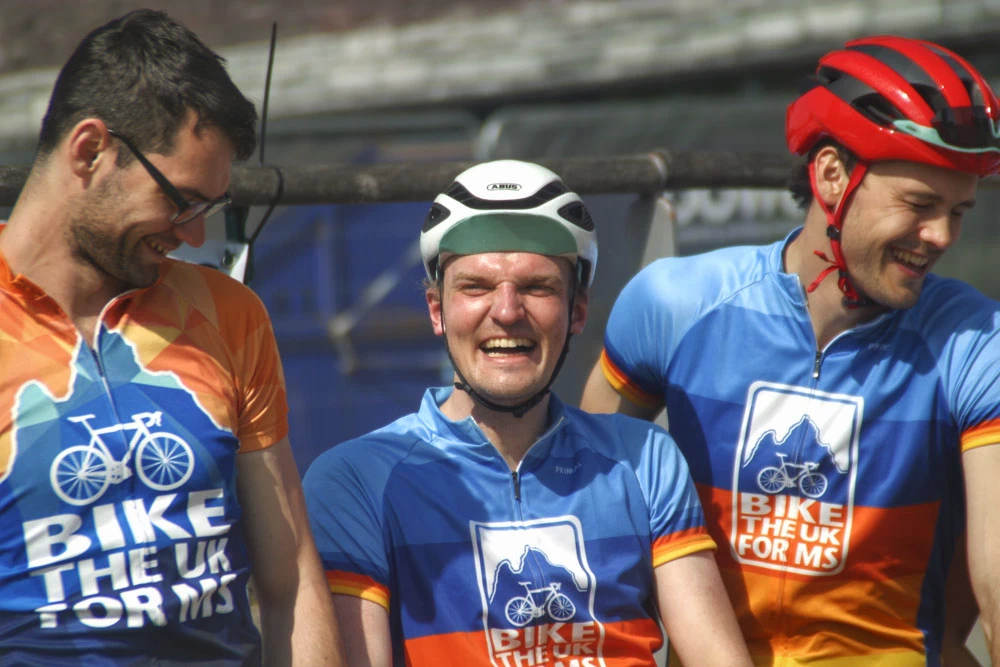Training to ride across the a country can seem like a daunting prospect. With the right preparation and cycling training, the excitement and sense of achievement that long cycling trips can provide are yours for the taking. Whilst cycling is as simple as putting one pedal stroke after the next, to ensure that you get the most out of your adventures it is important to prepare. Get ready to enjoy the experience, not suffer through it!
Getting out on the bike
The key to getting good at riding a bike? Riding a bike! It sounds simple, but getting regular rides in can prove more challenging than it would first seem when faced with the rigours of modern life. Be it work, family life or other commitments – carving out the hours (and it is hours…) needed to consistently train can often fall behind other parts of our lives. There is no single way to do things but here are some ideas to consider:
1 – The path of least resistance to cycling training.
Consider what is the easiest way to fit your cycling training in around the rest of your life. It may be a short time each morning that you can take to do some riding or it may be your commute to and from work. It may be that not riding every day allows you to get enough done that you can go for longer rides at the weekend.
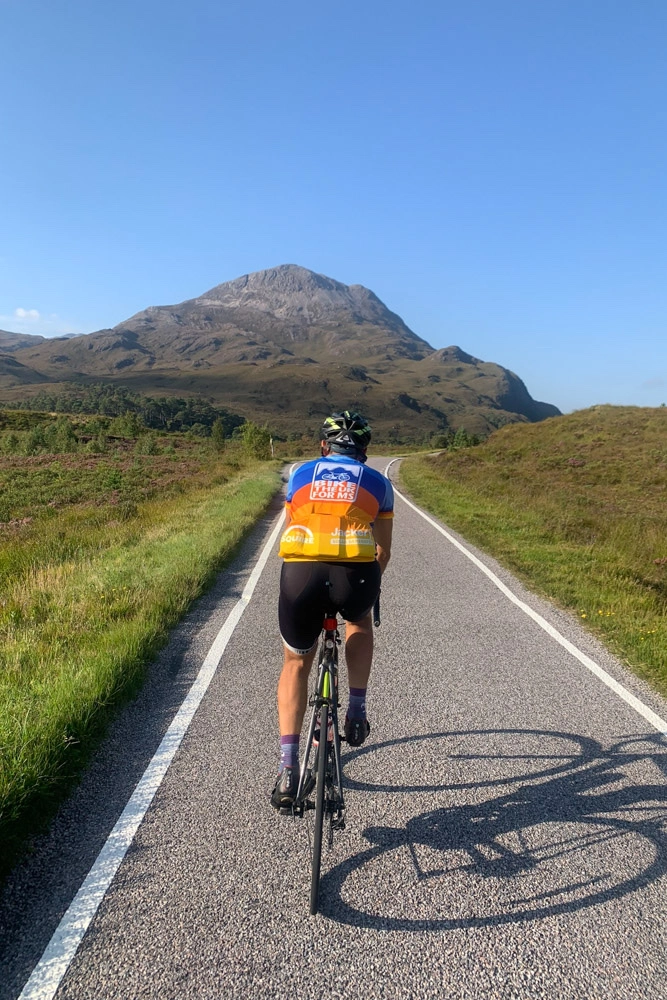
Perhaps jumping on an indoor trainer allows you to get a quick ride in where getting kitted up to head out of the door is going to use up all of the time you have available to ride. The question to ask yourself is – will this make it easier for me to ride? If the answer is “yes” then that is the path to follow!
2 – Consistency is the key.
It is certainly preferable to ride frequently than to stop and start. This gives your body the right prompts to adapt to the training and build fitness. If you only ride once a month, even if this is a monster ride, your body is not going to get used to what you are asking it to do. This is unlikely to mean riding every day (unless you are already riding lots or you are doing lots of shorter rides) as you must also be careful not to overload your body.
Progressing things little by little will ensure that you are training the right amount. For example, adding an extra day of riding after a few weeks of consistently riding a certain number of days or extending one of your rides by half an hour to build more endurance. You will be surprised how much total cycling training “volume” it is possible to build up by doing little and often as opposed to big surges and stops.
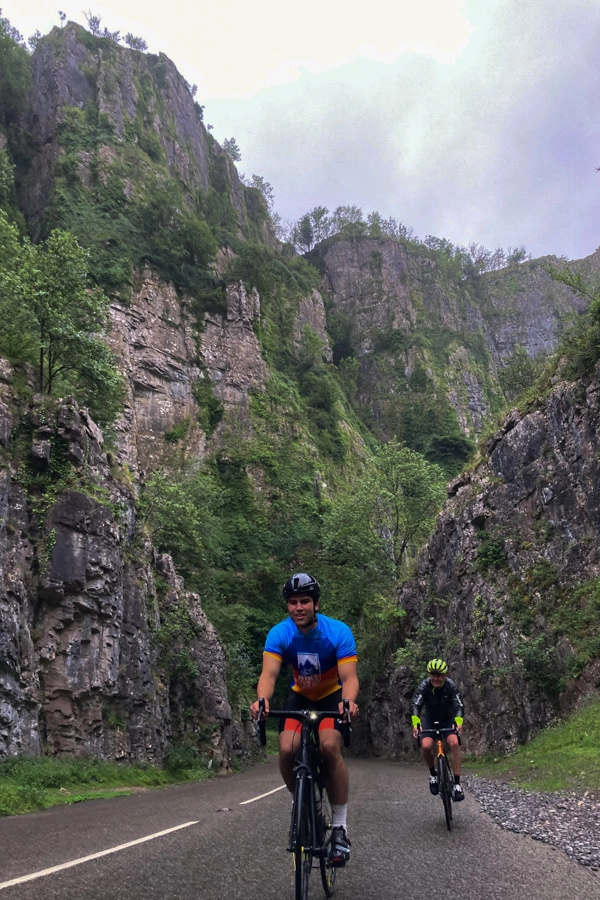
3 – Make yourself accountable.
The beauty of an individual sport like cycling is that you can train on your own agenda. However, being your own boss also means that you have to be able to motivate yourself and hold yourself to account.
Arranging to ride with friends or family can be a great way to drag your unwilling body out of bed on a weekend morning for a ride when the snooze button is calling (we have all been there!). Or knowing that you have a distance goal for the week that you are aiming to hit may help you take the bike to work on a rainy morning instead of grabbing the car keys.
It will depend on the kind of person you are and what motivates you, but make sure the planning-version of you helps the athlete-version to overcome the hardest bit of any ride – getting your kit on!
4 – Find what you enjoy.
In a similar vein to #1, if you are able to ride in a way that you love doing then it will be far easier to do it more often. If you love to be social then build a calendar of rides with others. If you love data then use any of the apps, such as Strava, to log all your rides. If you love to explore then plan rides that will take you to new places. If you love a routine then find a pattern that you will enjoy. If you love variety then mix it up!
Cycling training to get fitter isn’t 100% fun 100% of the time, but it is also supposed to be an enjoyable part of your life. You will be able to tackle the hard bits with full commitment if they are part of something you fundamentally enjoy 🙂
Cycling training is an eating contest on wheels
I enjoy cycling. I also enjoy eating. What a happy coincidence that those two things are such complementary activities. If you are going to travel a long way, then you need fuel. Fuel for a car or van is petrol, diesel or electricity. Fuel for a cyclist is food! There is a world of complexity that can sometimes make it seem impossible to know what to eat on a long distance cycling trip or whilst training for one but here are some of the broad places to start (that will probably be all you need to get there unless you are looking to break world records on the way…):
1 – Food is fuel for cycling training.
All food is fuel. There are some fuels that are better than others, but it is far more common to be eating not enough than too much. As a result, something is usually better than nothing* (*caveats apply, of course!). There are sport-specific products that offer convenience, typically at a cost premium, but in general terms the food you like to eat (or the food you can get your hands on if you are being particularly adventurous!) is a great place to start.

Riding for hour after hour leaves your muscles primed to gobble almost anything up ready for use to push the pedals around. Carbohydrate and fat are the primary fuels that the body uses with protein needed to repair the body from the battering that riding can cause (think: sore muscles). What a luxury – the more your ride the more you need to eat!
2 – Staying topped up during a ride is essential…
…particularly if you are riding for more than two hours. Your body can store up to around 2 hours of fuel and if you are exercising for longer than that without eating then it is going to have to start scrambling around for scraps which can start to have damaging consequences. You don’t have to be able to eat whilst still moving (although practicing this can help you stay on top of things) as planning a stop with a view (or coffee!) can help you top up the tank.
If you run out of energy on a ride it can be a really horrible experience (speaking from personal experience again here…). For cyclists, your blood glucose levels drop as your body searches around for a way to keep the muscles going. This can leave you feeling dizzy and make it very hard to go on. If you get to this point, you have already not eaten enough and by a long way!
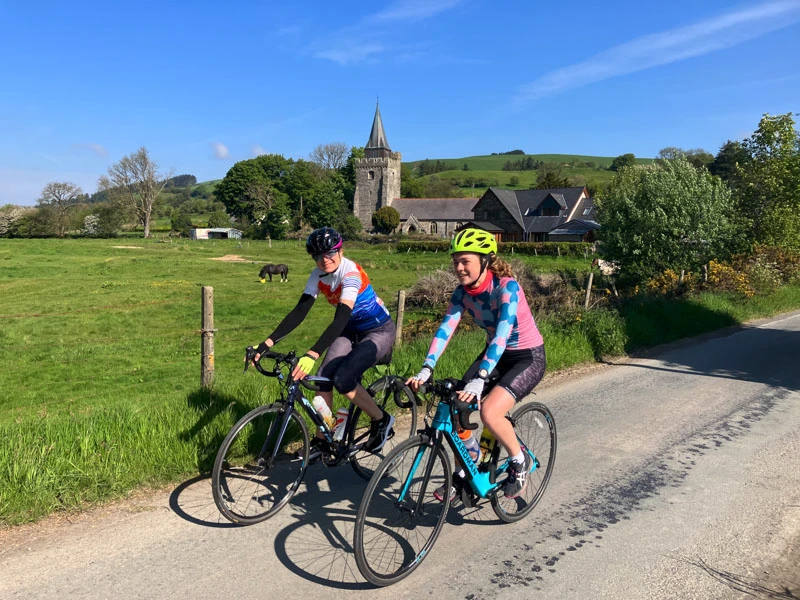
3 – Getting it in can be the hardest thing (and keeping it in!).
There are lots of foods that I love to eat but make a poor companion to a bike ride; a roast for example. Think about having food that will be comfortable and easy to consume (not to mention carry – jersey pockets were not made to carry gravy) as your body will be busy enough powering your muscles that adding other complicated things for it to deal with (such as digesting a heavy meal) may be too much.
Practice makes perfect in this regard and this is a key reason why eating during your cycling training will help ensure that you are ready for your main ride. Not only will you start to get an idea of what works for you, but your body will also start to get used to the demands of dealing with exercise and digestion at the same time.
Learning from mistakes while cycling training
I said at the start that cycling can be as simple as one pedal stroke after another. However, there are lots of small things that can add up to a successful cycling trip or remove the fun from one. Even people who have been riding for decades still do things that make them think “I’ll never do that again.” To give a personal example, on my first long-distance bike ride I took a heavy bike lock with me. I never locked my bike to anything and there was never really the prospect that I would. I essentially took several kilograms of metal for a trip around the countryside (and up all of the hills). Now, I think ahead about whether I might need a lock before starting out on the ride.
Where you are matters!
These little mistakes are unavoidable – they are part of the experience. Nevertheless, it is a lot better to learn that your jacket isn’t actually waterproof when you are 15 minutes from your house instead of on the North Coast of Scotland with several hours more riding to go. It is useful to know you need some lower gears whilst riding on your local hill instead of facing up to a steep Welsh mountain. It is useful to know in advance that your bottle rattles out of your bottle cage whilst heading down the street outside your house instead of crossing a cattle grid on Dartmoor.
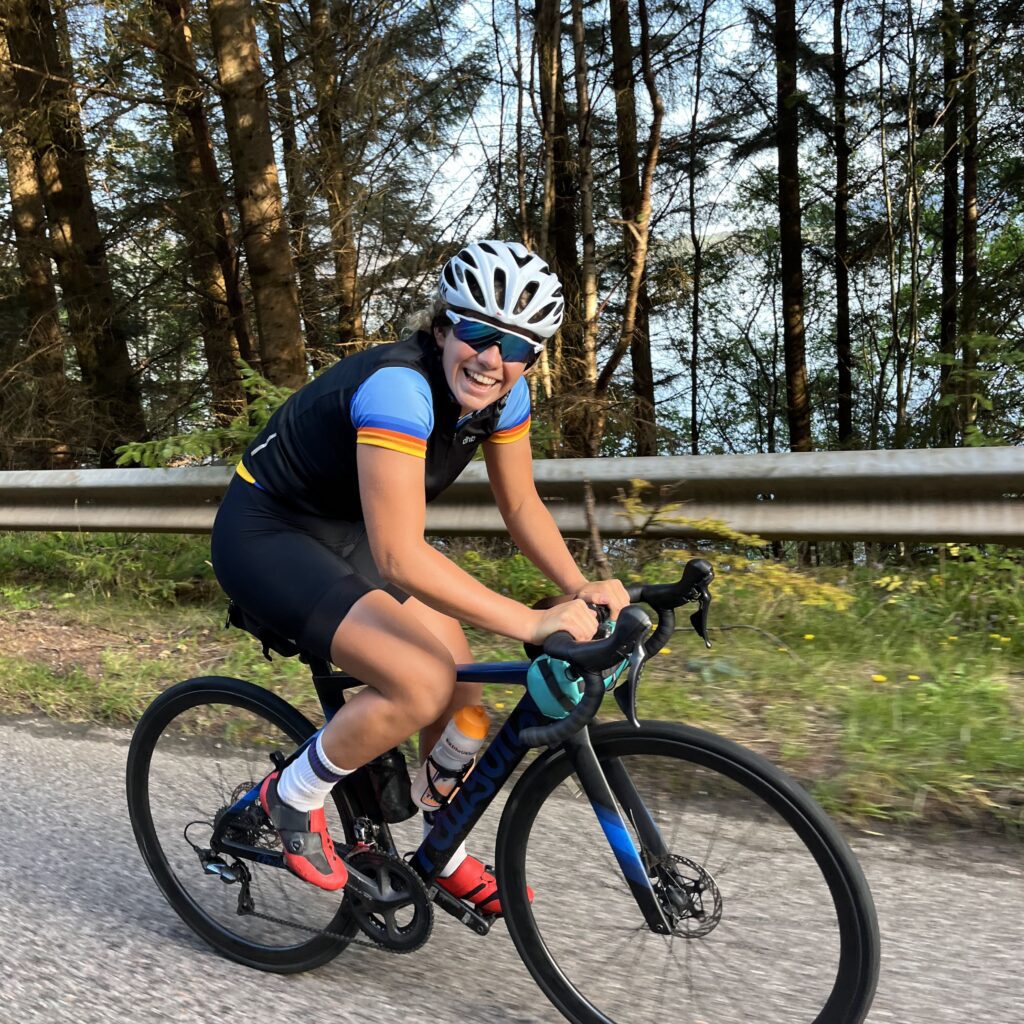
The list goes on and on, but the crucial point is: the more rides you do in preparation for your multi-day cycling trip, the more of these snags you will catch and turn your ride into an enjoyable experience packed with new and exciting memories instead of answering the question of “how was your ride from Land’s End to John O’ Groats?” with “my pedal creaked a million times: once for every pedal stroke I took!”
Looking for your next cycling trip?
Join Bike the UK for MS this summer with rides ranging from 3 day Coast to Coast cycles to 2 week Land’s End to John O’Groats adventures. Visit Scotland for the North Coast 500 cycle, Wales for Lon Las Cymru or even an off-road adventure with our King Alfred’s Way trip.

